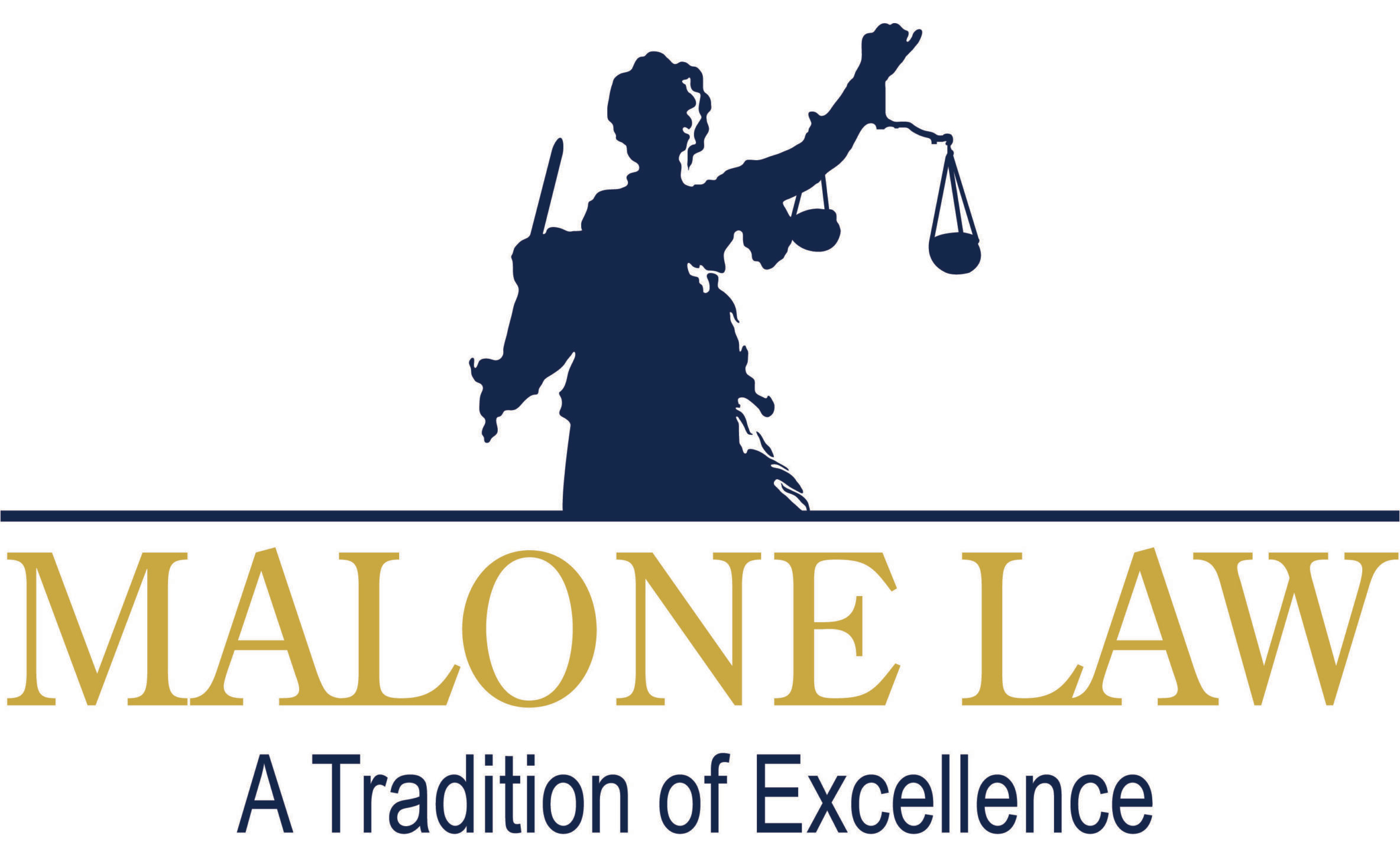
Brain injuries are one of the most common causes of disability in the United States. These injuries are responsible for nearly 56,000 deaths every year. There are many types of brain injuries, however, and they vary significantly in severity. Most brain injuries are mild, with symptoms that mostly resolve on their own.
It’s crucial to understand the symptoms of a brain injury and to watch for the most common types of brain injuries suffered in an accident.
Brain Injury Symptoms by Level of Severity
Brain injuries are considered mild, moderate, or severe, depending on the extent of the damage and symptoms. Even mild traumatic brain injuries can have serious and long-term consequences, however.
Determining the severity of a brain injury is done as soon as possible after the injury and may involve:
- The Glasgow Coma Scale score
- Neuroimaging
- Assessing loss of consciousness or altered consciousness
- Checking for post-traumatic amnesia or memory loss
Below are common symptoms and side effects of traumatic brain injury (TBI) by severity. Remember that a brain injury’s effects are different for every person, regardless of severity and type of injury.
Mild TBI Symptoms
A mild brain injury can cause various symptoms, but they typically resolve or significantly improve within a year.
Symptoms may include:
- Brief or no loss of consciousness
- Memory loss
- Fatigue
- Vomiting and/or dizziness
- Headache
- Speech problems
- Difficulty sleeping
- Tinnitus
- Blurred vision
A mild brain injury has a Glasgow Coma Scale score of 13 to 15 (best score in 24 hours).
Moderate TBI Symptoms
A moderate brain injury often results in a loss of consciousness and a wide range of effects. It involves a loss of consciousness and/or change in mental status for at least 30 minutes and up to six hours.
Additional moderate TBI symptoms include the following:
- Loss of consciousness for up to 24 hours
- Headache that worsens or does not go away
- Seizures
- Injury visible on neuroimaging
- Behavioral and personality changes
- Difficulty with memory and learning
- Cognitive impairment
- Difficulty communicating
- Problems with vision and hearing
- Reduced motor skills and poor coordination
- Weakness or numbness in arms and legs
- Emotional changes such as depression, agitation, confusion, or anxiety
A moderate brain injury has a Glasgow Coma Scale score of 9 to 12 (best score in 24 hours).
Severe TBI Symptoms
A severe brain injury can involve all of the above potential symptoms and side effects. Although, the symptoms tend to be even more severe and long-lasting. A severe brain injury has a loss of consciousness and/or change in mental status for at least 6 hours.
Severe TBIs usually involve a coma and permanent, life-altering effects, including physical disability, cognitive impairment, and emotional or behavioral changes.
According to the CDC, severe TBIs cause tens of thousands of deaths per year. Falls and firearm injuries are the leading causes of moderate to severe TBI.
A severe brain injury has a Glasgow Coma Scale score of 3 to 8 (best score in 24 hours).
Brain injuries aren’t just classified by severity; they’re also described by the type of injury. There are several broad categories of brain injuries, with injuries described in one of two ways.
Traumatic vs Acquired Brain Injuries
A traumatic brain injury (TBI) is the result of external trauma or a head injury. Brain injuries caused by slip and fall accidents, car accidents, or assault are considered a TBI.
By comparison, an acquired brain injury (ABI) is caused by internal factors, not direct injury to the head. Acquired brain injuries can be caused by diseases like meningitis, an aneurysm, or a stroke, as examples.
Congenital conditions are usually not classified as acquired brain injuries, even though internal factors cause them. However, birth injuries due to medical malpractice that cause brain injuries, such as misuse of forceps or failure to diagnose and treat, may be considered TBI.
Open vs Closed Brain Injuries
Open head injuries, or penetrating head injuries, happen when the skull is broken or penetrated. A gunshot is an example of an open brain injury. Closed head injuries do not involve a penetrating wound or a break in the skull. Both types of injuries can range from mild to severe.
Primary vs Secondary Brain Injuries
Brain injuries are also classified as primary or secondary depending on whether they occurred at the moment of trauma or as an indirect result of trauma or medical incident.
It’s not uncommon for accident victims to suffer both primary and secondary brain injuries. An accident may cause a primary injury such as a concussion, fracture, or diffuse axonal injury. This initial injury can trigger complex processes that cause further brain damage due to swelling, insufficient oxygen or blood flow, infection, or biochemical changes.
Four Common Types of Traumatic Brain Injuries
Every year, nearly 288,000 people in the U.S. are hospitalized for traumatic brain injuries. In children, sports are the most common cause. In adults, traffic accidents and falls are responsible for most TBIs. Here are four of the most common types of traumatic brain injuries usually sustained in accidents.
Concussions
A concussion is generally a mild traumatic brain injury caused by a head injury, violent shaking, or a sudden change in motion. Concussions are common injuries in everything from workplace accidents and traffic accidents to falls and sports injuries.
Brain Contusions
A contusion is a bruise on the brain that causes localized bleeding and swelling. This type of brain injury is the result of trauma to the head.
A coup injury or lesion refers to an injury to the brain under the site of the impact. A contrecoup injury is a type of contusion opposite the site of impact. It happens when the brain strikes the skull opposite the blow.
Hypoxic and Anoxic Brain Injuries
Hypoxic and anoxic brain injuries are types of acquired TBIs. Both are also common forms of secondary brain injuries after an accident.
Anoxic and hypoxic brain injuries refer to damage to brain cells that do not get enough oxygen. The difference is a hypoxic injury means the brain was able to receive some oxygen, while an anoxic injury means the oxygen supply was entirely cut off.
Diffuse Axonal Injuries (DAI)
A DAI is a brain injury that happens when the brain’s axons, or connecting nerve fibers, are torn or sheared. This shearing is the result of the brain rotating and shifting inside the skull due to rapid acceleration and deceleration. A diffuse axonal injury is one of the most serious forms of brain injury.
Contact the Atlanta Brain Injury Law Firm of Malone Law Medical Malpractice and Severe Injury Lawyers for Help Today
Any brain injury can be life-changing and result in significant medical costs. One study found even mild TBIs have an average one-year cost of $13,564. A more serious brain injury can result in disability and a lifetime of medical treatment.
If you or a close one have suffered from medical malpractice in Atlanta, Georgia, please call Malone Law Medical Malpractice and Severe Injury Lawyers at (770) 390-7550 or contact us online to schedule a free case evaluation today.
We proudly serve in Fulton County.
Malone Law Medical Malpractice and Severe Injury Lawyers
2 Ravinia Dr NE
Suite 300
Atlanta, GA 30346

